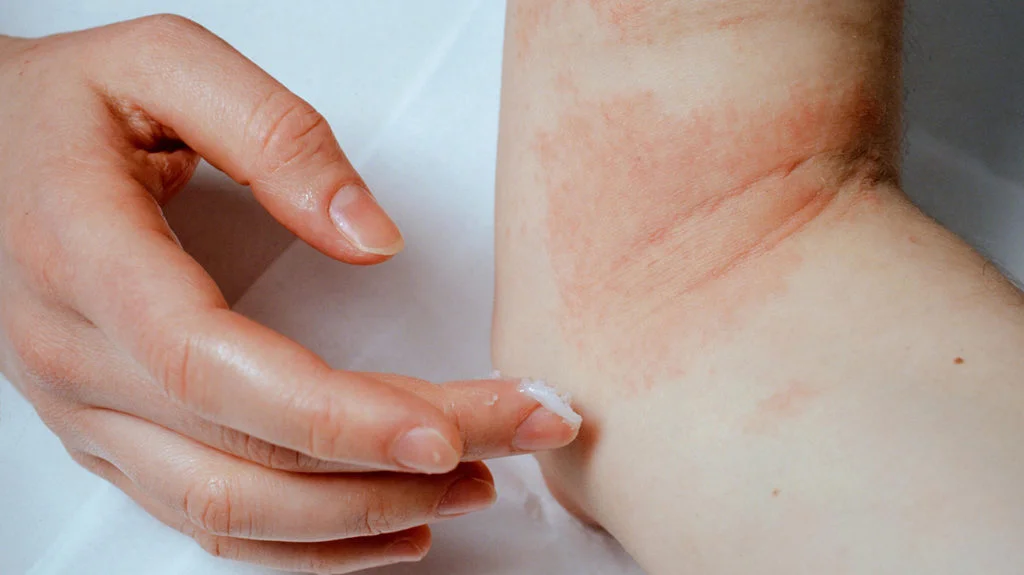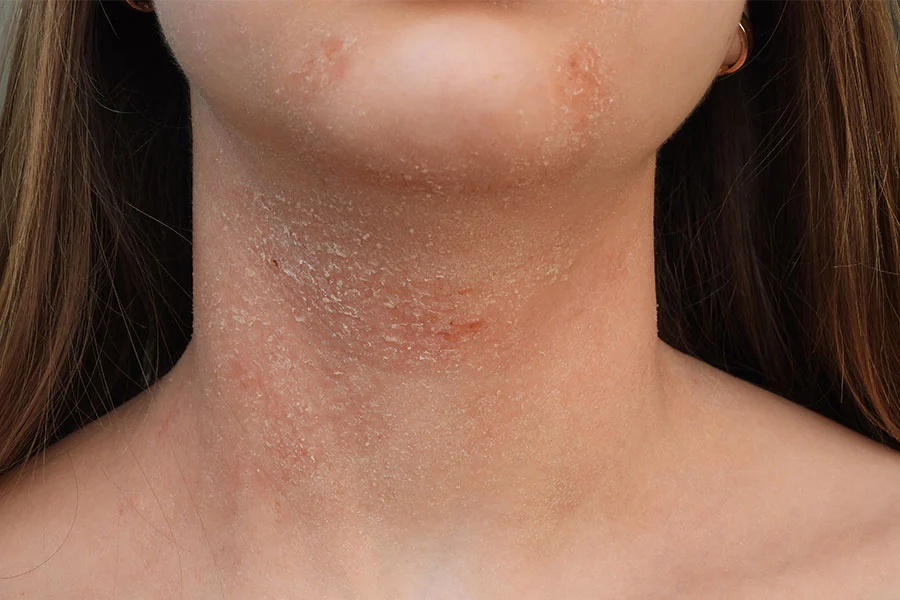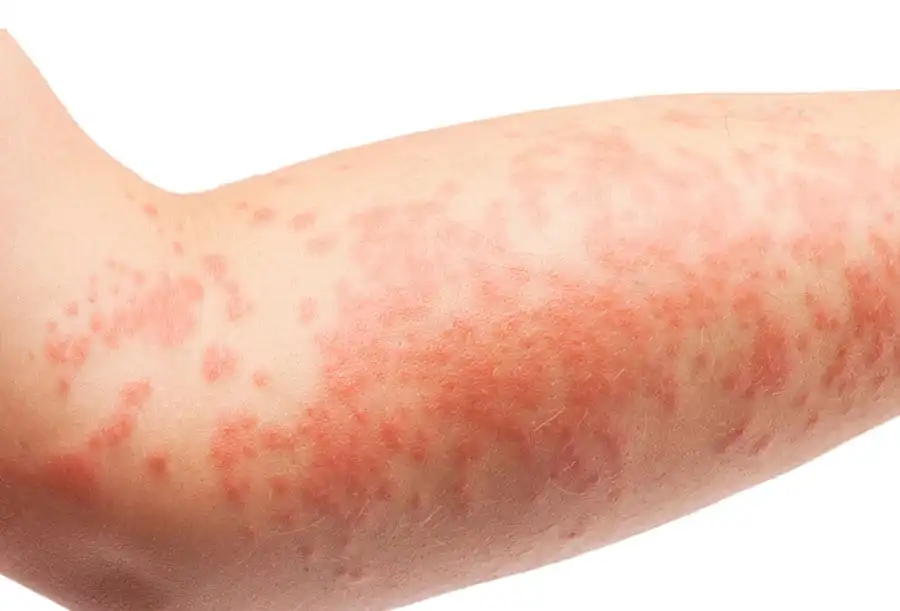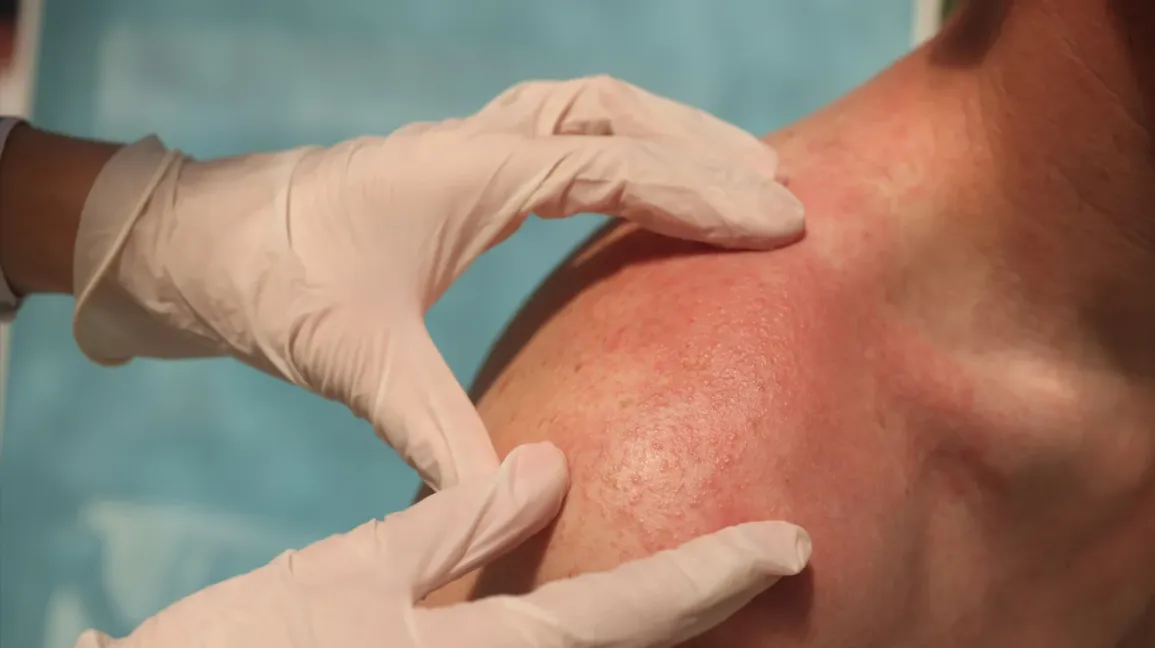Atopic Dermatitis / Eczema in Abu Dhabi
Elyzee Hospital is one of the best medical centers in Abu Dhabi, specializing in Atopic Dermatitis / Eczema.

Atopic Dermatitis / Eczema Procedures for Soothing Skin
Many people experience discomfort from atopic dermatitis or eczema due to recurring itchiness , irritability & inflammation while living with this skin disorder., Eczema treatment is readily available if you seek relief but total cure remains down-the-line . With various therapeutic practices available , we will focus on their efficacy in ameliorating symptoms thereby restoring your current state-of-being in this article.
We will examine new methods developed into benefiting patients suffering from Atopic Dermatitis (AD) starting with who would be best qualified for this treatment followed by going over pre-operation counselling & arrangement before covering what happens during surgery while also providing detailed information about recuperation stages alongside emphasizing possible outcomes on completion.
The Benefits of Atopic Dermatitis Procedures
Atopic Dermatitis patients benefit greatly from specialized treatment options tailored just for them! The goal is to relieve itchiness by soothing inflamed tissue while helping regenerate proper barrier function in problematic locations on one’s body; resulting in improved appearance over time enhancing patient’s level self-esteem altogether throughout their day-to-day lives! By treating the root cause behind conditions such as Atopic Dermatitis directly doctors offer more reliable results making us work better once again feeling confident about ourselves inside-out!


The Ideal Candidate for Atopic Dermatitis Procedures
Atopic dermatitis procedures are suitable for individuals experiencing moderate to severe symptoms of the condition, including persistent itching, inflammation, and compromised skin barrier. The ideal candidates may have tried various topical treatments and medications without satisfactory results or seek more targeted and long-lasting solutions for their condition.
Consultation with a Doctor and Preparation for the Procedure
Its’ imperative that patients seeking atopic dermatitis treatments first arrange for an intensive initial consultation with reputable healthcare providers familiar dealing with these types of procedures currently available before proceeding further along in their treatment process. During this integral consultation period the healthcare provider will thoroughly analyze the patient’s unique skin situation in combination with their medical history before developing a personalized plan of action perfectly-suited to their particular needs. Additionally. Patients will receive comprehensive information from these providers about the forthcoming procedure- outlining its potential pros and cons- alongside explicit guidance on how best to prepare for it (including any necessary discontinuations of medications or skincare products).
What's Happening During the Procedure
The specific procedure for atopic dermatitis may vary depending on the chosen treatment modality. Some common atopic dermatitis procedures include:
1. Topical Corticosteroids: For those living with atopic dermatitis, recurrent itching and swelling can be a source of great discomfort in daily life. Thankfully topical corticosteroids have been proven effective in reducing these symptoms. Applied topically to areas afflicted with rashes or dry patches on the skin. These medications work by ameliorating both inflammatory responses while eliminating any itchiness associated with them .The healthcare provider will provide specific instructions regarding the frequency, duration, and application techniques.
2. Topical Calcineurin Inhibitors: Patients dealing with atopic dermatitis can explore using topical calcineurin inhibitors as an additional treatment method. These medications function by inhibiting immune cell activity in the skin which helps to alleviate inflammation and itchiness experienced by sufferers. Application of these creams is most efficient on tender regions such as facial or genital bodily areas where positive outcomes are commonly noted.
After the Procedure and Recovery
It cannot be understated how vital it is to prioritize your healthcare provider’s guidelines on managing post-operative recovery after undergoing treatment for atopic dermatitis. Subsequently making use of recommended medicines or topical remedies can help in restoring moisture through steady application of vitalizer among other aspects including avoiding known proximate stimuli responsible for aggravation of symptoms while adhering ardent attention towards nurturing one’s own dermal set pattern – as this helps in maintaining a helpful routine providing gradual recovery from a persistent itch condition.
Final Result
The outcome following atopic dermatitis treatment is based on several variables such as the choice of therapy plan used as well as individual response levels and disease severity. Through sticking to their assigned treatment regimen consistently however; people that suffer from this condition typically exhibit noticeably reduced symptoms alongside enhanced skin-barrier performance leading to decreased inflammation rates while enjoying a higher level overall lifestyle quality long term compared without effective management but irrespective complete remission might remain unachievable; said arrangements nevertheless effect significant relief as well as greater control efficacy over time when instituted correctly.
Conclusion
Atopic dermatitis procedures offer hope and relief for individuals grappling with this chronic and often frustrating skin condition. Consultation with a dermatologist or healthcare provider specializing in skin health is crucial to determine the most appropriate atopic dermatitis procedure based on individual needs and circumstances.

FAQs
Although the chronic nature of atopic dermatitis implies no established therapy or remedy presently exists to treat the ailment entirely, sufferers can opt for managing its symptoms using successful techniques that alleviate inflammation as well as promote improved overall skin health significantly. Such therapies guarantee those grappling with the illness some much-needed respite and positively impact their general state of wellness.
Although the chronic nature of atopic dermatitis implies no established therapy or remedy presently exists to treat the ailment entirely, sufferers can opt for managing its symptoms using successful techniques that alleviate inflammation as well as promote improved overall skin health significantly. Such therapies guarantee those grappling with the illness some much-needed respite and positively impact their general state of wellness.
Although the chronic nature of atopic dermatitis implies no established therapy or remedy presently exists to treat the ailment entirely, sufferers can opt for managing its symptoms using successful techniques that alleviate inflammation as well as promote improved overall skin health significantly. Such therapies guarantee those grappling with the illness some much-needed respite and positively impact their general state of wellness.
The length of time for observing improvements can differ based on the selected method, personal response, and the severity of the ailment. Certain individuals might witness a reduction in symptoms within a few weeks while others may need lengthier treatment schedules to perceive considerable alterations.
To manage atopic dermatitis effectively beyond medication options alone requires adopting certain lifestyle habits too. Such modifications could include identifying potential triggers worsening symptoms so they are avoided where possible; implementing a regular skincare routine featuring mild fragrant-free products suitable to your skin type; regularly moisturizing dry patches of skin; and finding ways to reduce overall stress levels throughout the day.
Make An Appointment

